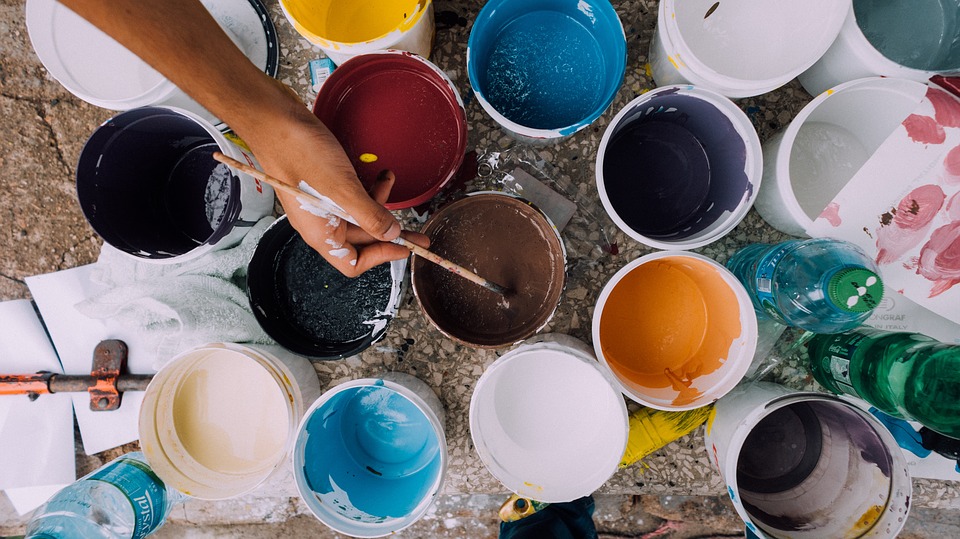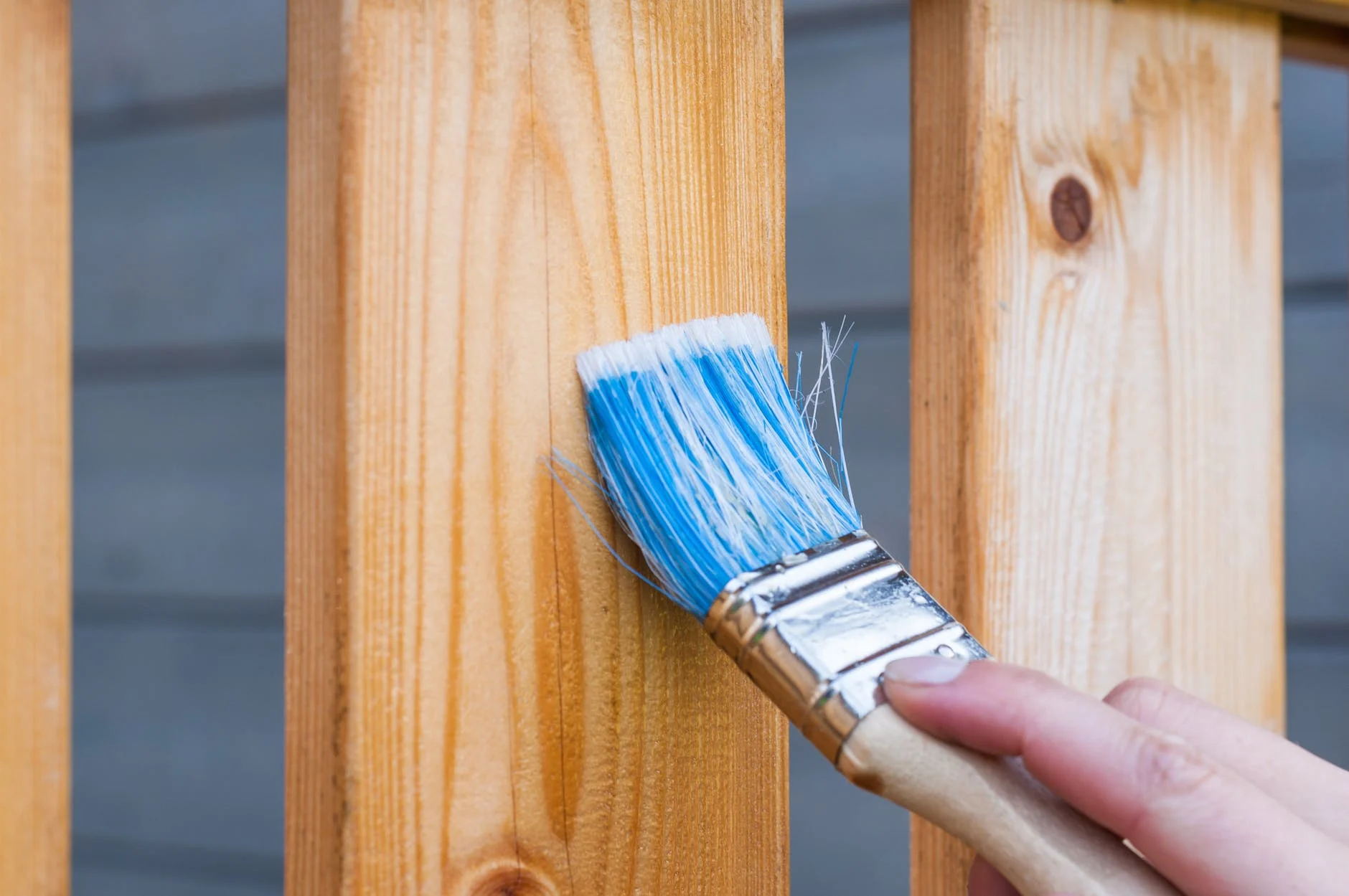No matter whether your goal is to become an accomplished realist painter or simply create beautiful paintings, every painter should know certain fundamental principles such as color theory, value comparisons, composition techniques and brushwork.
Before beginning painting, an artist must determine their medium of choice (oils or acrylics), purchase all necessary art supplies, and keep a roll of paper towels handy to wipe their brushes between strokes.
Color
Painting is a two-dimensional art form created using liquid mediums applied to surfaces. The images created may be representational or abstract.
Color is an integral element in any painting. It sets the scene and evokes emotions within its viewers; for example, blue may evoke feelings of depression while yellow can generate happiness.
Painter Melbourne must understand the relationship between color and value – an indication of brightness or darkness – as it’s easy to get confused between them and end up creating paintings with flat or murky looks.
Explore the color wheel and use it to help you understand the relationship among primary colors (red, blue and yellow). Also experiment with tints and shades by mixing tinted hues with white or black components of similar hues; this will reduce purity while producing lighter or darker versions of that hue.
Tone
Tone is the lightness or darkness of a color. Each hue can have endless tones – think baby blue to midnight blue – regardless of its hue (color appearance). Tone is one of the key components of painting; without it, works can appear flat and lifeless.
Artists use tones to add depth and visual drama. Tone can also create mood or emotion in viewers – dark red can draw the eye while light green creates peace.
Toning canvas is often the first step of painting. This is done by staining its surface with a neutral hue, known as imprimatura, before starting to paint.
Line
Line is one of the fundamental building blocks of art, used to define shape, add texture++ and create space and movement – either delicately or forcefully depending on its application. Lines may be straight or curved in form.
Line can often be taken for granted as just another mark on paper, but it can be an extremely powerful artistic tool. A drawing relies heavily on lines to achieve its effect and an artist may use various tools to achieve this end result.
Juliette Aristides’ years of teaching experience at an atelier have given her a comprehensive approach to painting fundamentals like grisaille, temperature and color; making this book accessible to artists of all levels and genres. An essential resource for oil painters.
Composition
Composition is one of the key aspects that determines how a painting looks when finished, and has long been used as a means of shaping its final form. There have been various compositional techniques used throughout history which can alter how an end product appears.
Elements can be arranged in various ways to achieve various effects such as balance, movement and unity in a painting composition. A composition that draws the viewer in and creates harmony can draw them in as well.
One way of creating a balanced painting is through using the golden ratio, a mathematical principle which has long been considered pleasingly aesthetic. Another approach involves creating movement using leading lines created through various means including geometry and form; using sharper, more vivid forms nearer the foreground will add extra dynamic impact.
Movement
Movement is an integral component of painting, whether literal or abstract. Artists use techniques like contrasting lines, shapes and colors to evoke an impression of movement in their paintings and elicit an emotional response in viewers. Movement adds life and excitement to paintings while stimulating emotional responses within viewers as well.
Traditional paintings are created using liquid pigmented mediums on canvas. However, other materials such as silk and paper may also be used to produce paintings; works made with ink or graphite are considered drawings rather than paintings since there is no liquid form involved. To paint effectively, artists require various tools and supplies including brushes, palettes and easels; some brushes work better for different paint types and canvas sizes than others.

